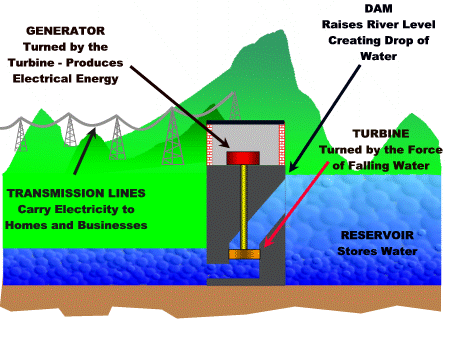 mrmackenzie
mrmackenzie
S3 the kilowatt-hour
Recently we looked at the way power companies calculate how much electrical energy we use in our homes. The Joule is too small a unit to measure household energy consumption, so suppliers work out our bills using a must larger unit called the kilowatt-hour (kWh).
I found this page on BBC Bitesize that has some information and a quiz to test your kWh knowledge. There is also a section on the kilowatt-hour at gcse.com.
dropping a slinky
Ria asked if a slinky really stops in mid air when it is released. Eoin helped us to find out the answer.
It’s easier to see what happens if you watch a slow motion version.
Or even slower motion.
Why does that happen?
higher physics unit 2 practice NAB
You should be getting ready to do the NAB for unit 2 of the Higher Physics course. Use the attached practice NAB to help with your preparation.
high frequency sound on a tv advert
A dog food company has launched the first TV advert aimed directly at dogs themselves. The advert’s soundtrack includes sounds with frequencies in the range 18 000 to 20 000 Hz (18-20 kHz). Dogs can hear sound with frequencies greater than 20 kHz, we call this ultrasound.
I found a copy of the advert on Youtube. The upper limit of human hearing is 20 kHz, so some young people should be able to hear the sounds for themselves even though adults can’t. Can you?
Now let’s see what happened when the BBC Newsround team filmed some dogs while the advert played in the same room.
You might have used a signal generator in class to discover your personal upper frequency limit. The video below has a soundtrack that starts at 1 Hz and sweeps up to 20 000 Hz, before sweeping back down to 1 Hz again. For how long can you hear the sounds?
nuclear fission
We looked at generating electricity using hydroelectric and nuclear power stations today. Click on this image of a hydroelectric station to see how they work.
Nuclear fission occurs when a large nucleus splits into 2 or more smaller nuclei. In nuclear reactors, splitting of the large uranium nucleus is achieved by adding a neutron to make the large nucleus unstable.
Animation showing fission of U-235 by Stephan-Xp
The animation above shows a (blue) neutron destabilising a large (red) uranium nucleus to cause fission. When the 2 smaller nuclei (also red) are released, notice that three (blue) neutrons are produced as part of the fission process. These new neutrons can proceed to interact with other uranium nuclei and cause further fission to occur. If the reaction continues to take place, we have a chain reaction.
This youtube video uses mousetraps and table tennis balls to demonstrate a chain reaction. Notice how the reaction keeps going after the first ball is added and only stops when all the mousetraps have sprung.





